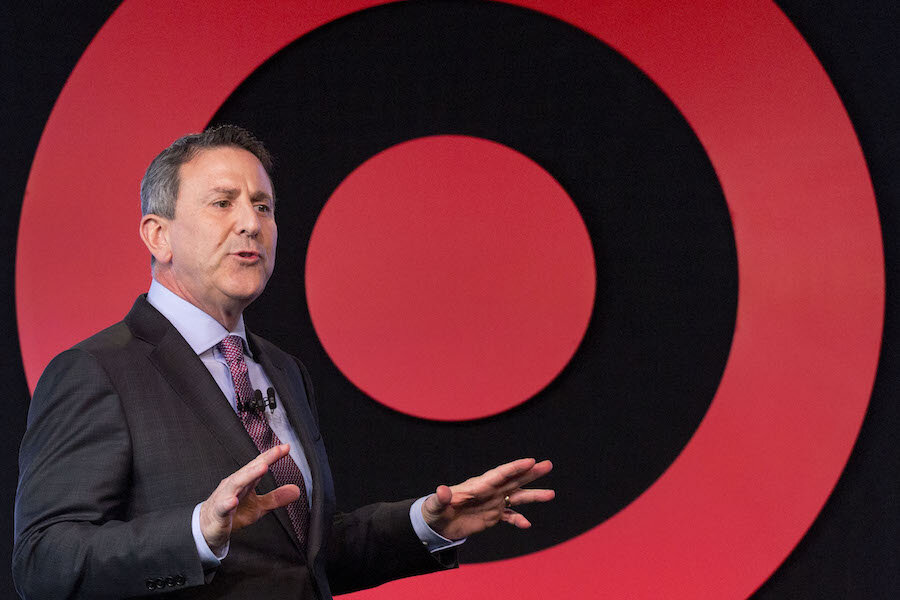Target spends big to attract more shoppers
Loading...
Target has a new strategy to attract more shoppers and boost the company: spend more to win more.
Target wants to upgrade the way shoppers use its stores. At an investor meeting Wednesday, executives from the company unveiled a plan for the 2016 and 2017 fiscal years that involved spending billions to improve the company’s supply-chain infrastructure and technology. The goal is to streamline the shopping experience for customers in stores and online.
The new plan comes at a time when many brick-and-mortar retailers are trying to find ways to compete with online stores like Amazon, from lowering prices to better leveraging physical locations. Even retail giant Walmart is undergoing a restructuring, focusing on inventory issues and raising wages for workers.
Target’s revamp strategy starts with addressing problems brought on by changing technology.
“Over time, we’ve been adding stress and complexity to systems that frankly were built for another time,” said John Mulligan, the chief operating officer of Target, at the investor meeting.
First on the company's list: its supply chain. In 2015, the company blamed its outdated supply system for stock shortages in stores nationwide, which undermined efforts to improve sales growth, according to Business Insider. The issue grew more serious as online demand grew – Mr. Mulligan reported a 60 percent growth in pick-orders last year.
To address the problem, Target will increase spending for supply chain and technology programs. In 2016, such spending will reach around $1.8 billion. The company plans to begin spending $2.5 billion per year in 2017 – significantly more than the $1.4 billion the company spent on infrastructure improvements in 2015.
Retail stores will also reduce the number of some items in order to make logistics simpler. Instead of having six different types of dip, for example, a Target store may stock a larger supply of three types.
“We will never be famous for selling bottled water or laundry soap,” Target CEO Brian Cornell said on Wednesday. He also acknowledged the need to "always have to be in stock" for those common items.
Simultaneously, to boost sales and improve shopping experience, Target will be investing in areas where executives believe the company can add value.
For one, the company has launched exclusive brands in children's apparel and decor markets. The Pillowfort brand offers gender-neutral options for kids' decor, and the Cat & Jack apparel brand has been widely popular, according to Target. The retailer will also partner with existing brands, like Marimekko, to launch home-goods and clothing lines.
Target will also prioritize ship-from-store programs for online shoppers. A video presentation on Wednesday showed an improved system in which local Target staff would pick ordered items from the shelves in stores and package them for faster and cheaper shipping for customers.
Recent sales data from Target show that many of these efforts are already bearing fruit.
Stock shortages during this past holiday season were 40 percent lower than the previous year and Target experienced a 34 percent increase in online sales, according to Reuters.
Still, “turning this business around will be a multi-year effort, and it’s not going to be easy,” Mr. Cornell said in the meeting.






